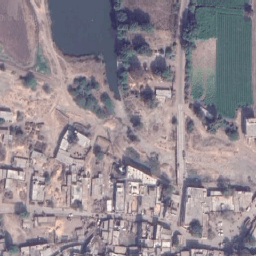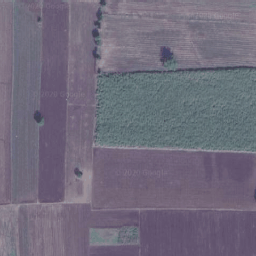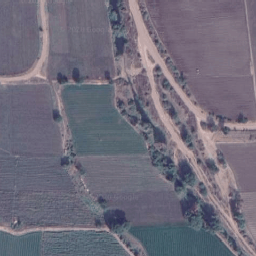This repository contains implementation of the paper "ResUNet-a: a deep learning framework for semantic segmentation of remotely sensed data" in TensorFlow for the detection of plot boundaries specifically.
- Clone this repo using :
git clone https://github.com/Akhilesh64/ResUnet-a
- Install the requirements using :
pip install -r requirements.txt
- To start model training run the main.py file with following arguments :
python main.py --image_size 256 --batch_size 8 --num_classes 2 --validation_split 0.2 --epochs 100 --image_path ./images --gt_path ./gt --layer_norm batch --model_save_path ./ --checkpoint_mode epochs
- To produce model predictions on a directory of test images run script predict.py with the following arguments :
python predict.py --image_size 256 --num_classes 2 --image_path ./test --model_path ./model.h5 --output_path ./results
Original Image Groundtruth Predicted
The arvix version of the paper can found at the following link.
If you find this repo useful please cite the original authors :
@article{DIAKOGIANNIS202094,
title = "ResUNet-a: A deep learning framework for semantic segmentation of remotely sensed data",
journal = "ISPRS Journal of Photogrammetry and Remote Sensing",
volume = "162",
pages = "94 - 114",
year = "2020",
issn = "0924-2716",
doi = "https://doi.org/10.1016/j.isprsjprs.2020.01.013",
url = "http://www.sciencedirect.com/science/article/pii/S0924271620300149",
author = "Foivos I. Diakogiannis and François Waldner and Peter Caccetta and Chen Wu",
keywords = "Convolutional neural network, Loss function, Architecture, Data augmentation, Very high spatial resolution"
}








